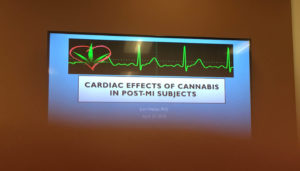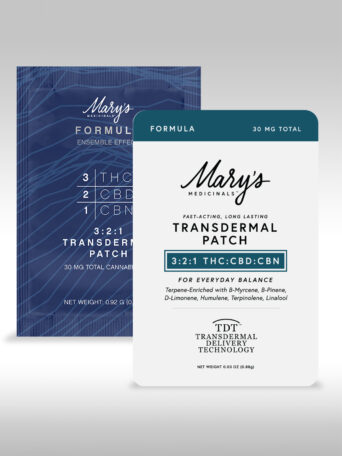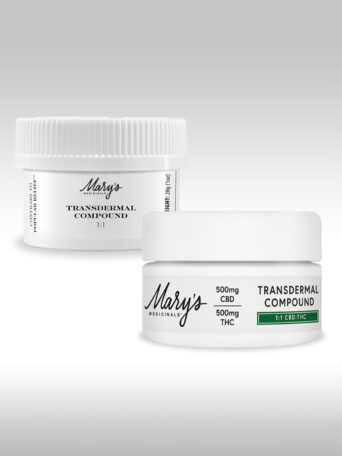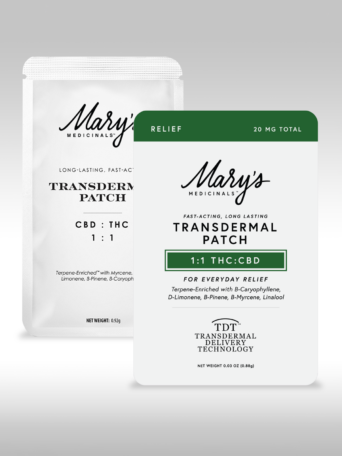This is post, written by Alice O’Leary Randall, covers a presentation by Lori Walker, Ph.D. University of Colorado Department of Medicine, Division of Cardiology. Dr. Walker spoke at the 2nd Annual ICR Conference in Pueblo, CO.
In the U.S. today more than half of all adults acknowledge they have used cannabis at some time. And while we tend to think of adolescents as the primary users of cannabis, the statistics show the opposite. Indeed, according to recent federal data gathered between 2002 and 2014 there was a stunning 455% increase in marijuana consumption among adults aged 55-64 years and 333% in ages greater than 64 years. As the presenter, Lori Walker, noted, “2014 was the first year that parents were more likely to use cannabis than their children.”


There was another stunning, non-cannabis related statistic that Dr. Walker had to share: After age 40, adults have about a 50% chance of developing some kind of cardiovascular disease. It is an aging disease that is hard to escape.
With such a large population of adults using cannabis and also potentially suffering from cardiac disease, Dr. Walker found herself wondering, “Is cannabis safe for the aging population?” And, as with so many areas of cannabis knowledge, she found the answers lacking.
The U.S. federal government has spent a spectacular amount of money on cannabis research (see #20 Prime Time) without answering some of the basic facts that would be helpful. Its effect on the cardiovascular system is a prime example. There has been some research on the cardiovascular effects of cannabis use but it involved a small number of young males aged 21-33 years and was conducted in 1969 and 1971! It demonstrated that cannabis causes tachycardia — increased heart rate — but not much else in the way of useful data. Jumping forward to 2001, Walker noted two studies with conflicting outcomes: one seemed to demonstrate that cannabis caused myocardial infarction (heart attack) while another study seemed to demonstrate a positive outcome from the use of cannabis on rats with cardiac arrhythmia.
This paucity of data, coupled with conflicting interpretations, led Dr. Walker to conduct her own observational study, one of a growing number of studies in states that have legalized cannabis. At the time of her presentation at the ICR Conference the study was still ongoing with the total number of subjects about equal to that of the US federal studies in 1969 and 1971. The big difference is that Walker is looking at older users and comparing them with similar cohorts who have a history of myocardial infarction (MI).
Study subjects who had a history of MI were fitted with an ambulatory cardiac monitor (the ZioPatch) for two weeks. All subjects were asked to record their cannabis use and the specific cultivar with an estimate of dose. Researchers then compared cardiac performance for one hour prior to using cannabis and up to four hours after.
As noted, the study is still ongoing. But from the data collected thus far Dr. Walker was able to report that in post-MI subjects there was a higher incidence of cardiac arrhythmia compared with those with no history of heart disease. Her preliminary conclusion was that individuals with a history of heart attack should exercise caution in using cannabis but she was quick to add the lament of every cannabis scientist, “we need more research.” She noted that the subjects thus far have been frequent cannabis users and there is a definite tolerance that develops with regular cannabis use but whether the tolerance is beneficial is just one more question that needs to be answered. Dr. Walker had not anticipated “the frequency of use” and is wanting to add to the study the effects of “good periods of non use” to compare.
However, Dr. Walker concluded with a heartfelt statement. “We’re not making the strides that we have to because our hands are really tied behind our backs,” she said, “So anytime you have a chance to be an advocate for more studies…it is very good because in a certain population there [may be risks].” ❖









